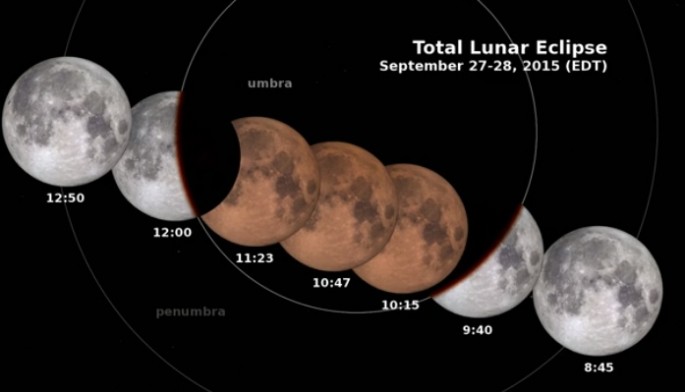For professional and amateur sky watchers, there will be an extremely rare supermoon this September as it will be unfurled from the the vast starlit skies. On September 27, this supermoon will surprise many viewers since this phenomenon will come from a unique sun, moon and Earth activity.
In sheer coincidence, the September 27 supermoon will also occur during a lunar eclipse which is extremely rare so be sure to catch it by the end of the month as the next supermoon lunar eclipse event will happen 20 years from now.
The moon revolves around the planet in which Earth orbits around the sun in the solar system. However, our natural satellite apparently does not possess a perfect circular orbit around Earth meaning, there will be one point where the moon will be closest to the Earth during its cycle called the perigee.
When this happens during a full moon or a new moon's elliptical orbit, the moon also seems larger as it is nearest to the Earth by 14 percent in diameter. Apart from its largeness, the moon also becomes brighter by around 30 percent as viewed from Earth.
On the other hand, a lunar eclipse occurs when the sun, moon and Earth are almost aligned at their closest points. When the moon passes behind Earth along its umbra or shadow, the Earth will now be in between the moon and sun. Due to its reddish hue, the lunar eclipse is also called "blood moon".
On the fateful day of September 27, these two lunar events will combine, where the moon will now fall directly behind the planet as a lunar eclipse, revealing a reddish hue and at the same time, the moon will appear bigger and brighter as it will be at its closest point to the planet.
Just right after sunset on the 27th this month, the whole South American continent and majority of North America can witness this glorious lunar event. However, in other parts of the world such as Europe, Africa and the Middle East, this rare supermoon will be seen after midnight to just before sunrise where the next supermoon will be back in 2033.



























